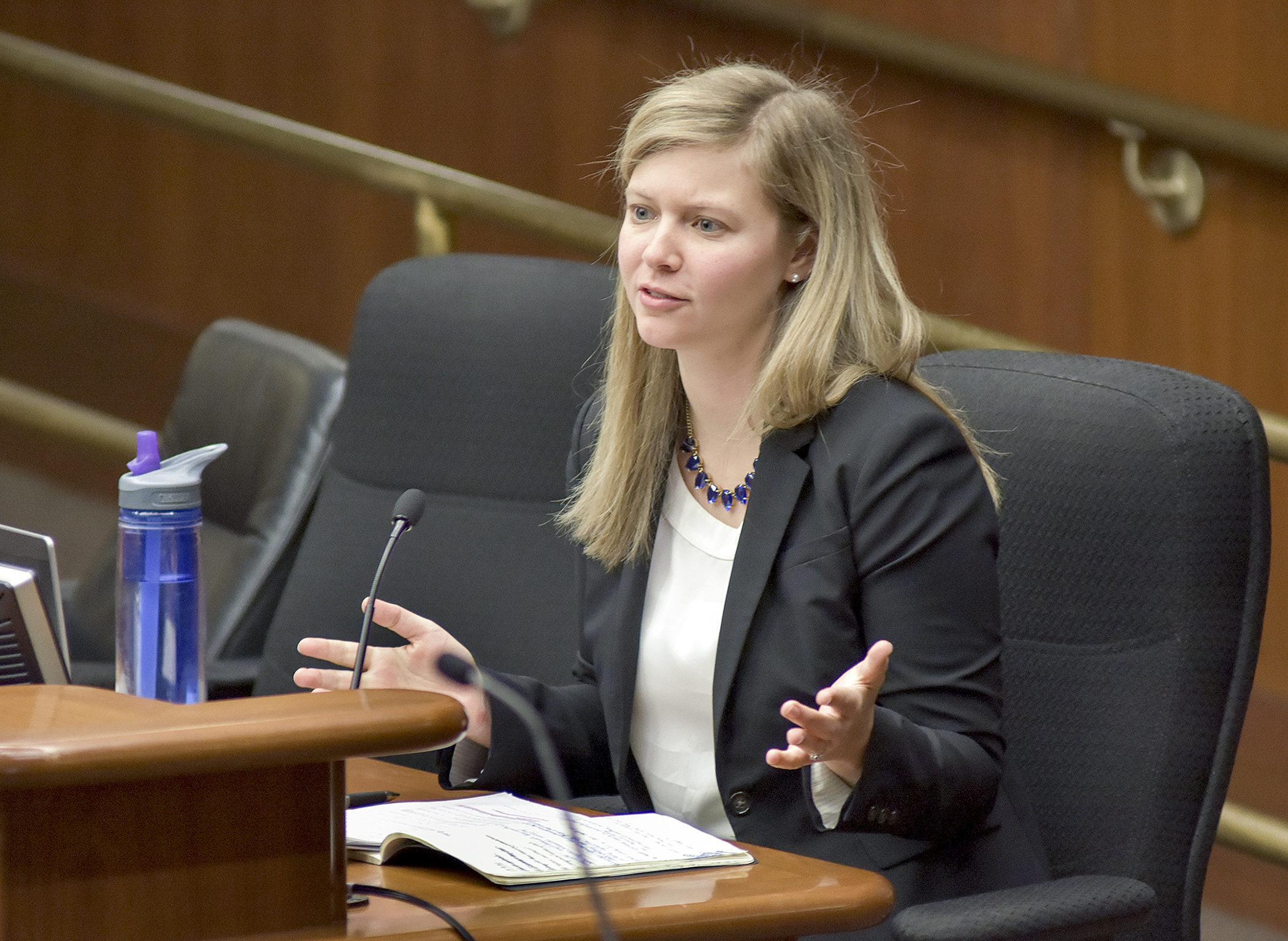New tool could help evaluate regulation of health professions

The state regulates 56 health professions, ranging from doctors and doulas to athletic trainers and asbestos workers, through the Department of Health and 16 licensing boards.
A new framework presented to the House Health and Human Services Reform Committee Tuesday could help. No action was taken.
While regulation protects “the health and safety of Minnesotans … it fences people out,” Rep. Tina Liebling (DFL-Rochester) said. “It’s up to us to figure out where to strike that balance.”
The framework was developed to give legislators a consistent foundation when reviewing changes to what health professionals are or are not allowed to do — also known as the “scope of practice.” It consists of about 30 questions, to be filled out by whomever is trying to change current regulations.
In addition to helping legislators, it is also expected to help health professionals looking for change.
Ruth Martinez, executive director of the Board of Medical Practice, which regulates eight health professions, said the framework would help professionals identify potential points of concern and address them before appearing in front of the committee.
Liebling called the framework “a good step forward,” but expressed concern that it did not provide a clear way for opponents to address the proposed changes point by point.
The framework would require sponsors to list opponents to the proposal and describe what they have done to “minimize or resolve” conflicts with them, but the Legislature could include more direct ways for opponents to express their concerns, said Nitika Moibi, a workforce planning and analysis supervisor with the Health Department.
“What hasn’t been quite spelled out in this framework is the process, or mechanics, of making it available,” she said. “We developed the proposal, what we didn’t develop was the process around its utility. We thought that was best left to the chairs of the incoming committee to determine that.”
Related Articles
Search Session Daily
Advanced Search OptionsPriority Dailies
Speaker Emerita Melissa Hortman, husband killed in attack
By HPIS Staff House Speaker Emerita Melissa Hortman (DFL-Brooklyn Park) and her husband, Mark, were fatally shot in their home early Saturday morning.
Gov. Tim Walz announced the news dur...
House Speaker Emerita Melissa Hortman (DFL-Brooklyn Park) and her husband, Mark, were fatally shot in their home early Saturday morning.
Gov. Tim Walz announced the news dur...
Lawmakers deliver budget bills to governor's desk in one-day special session
By Mike Cook About that talk of needing all 21 hours left in a legislative day to complete a special session?
House members were more than up to the challenge Monday. Beginning at 10 a.m...
About that talk of needing all 21 hours left in a legislative day to complete a special session?
House members were more than up to the challenge Monday. Beginning at 10 a.m...